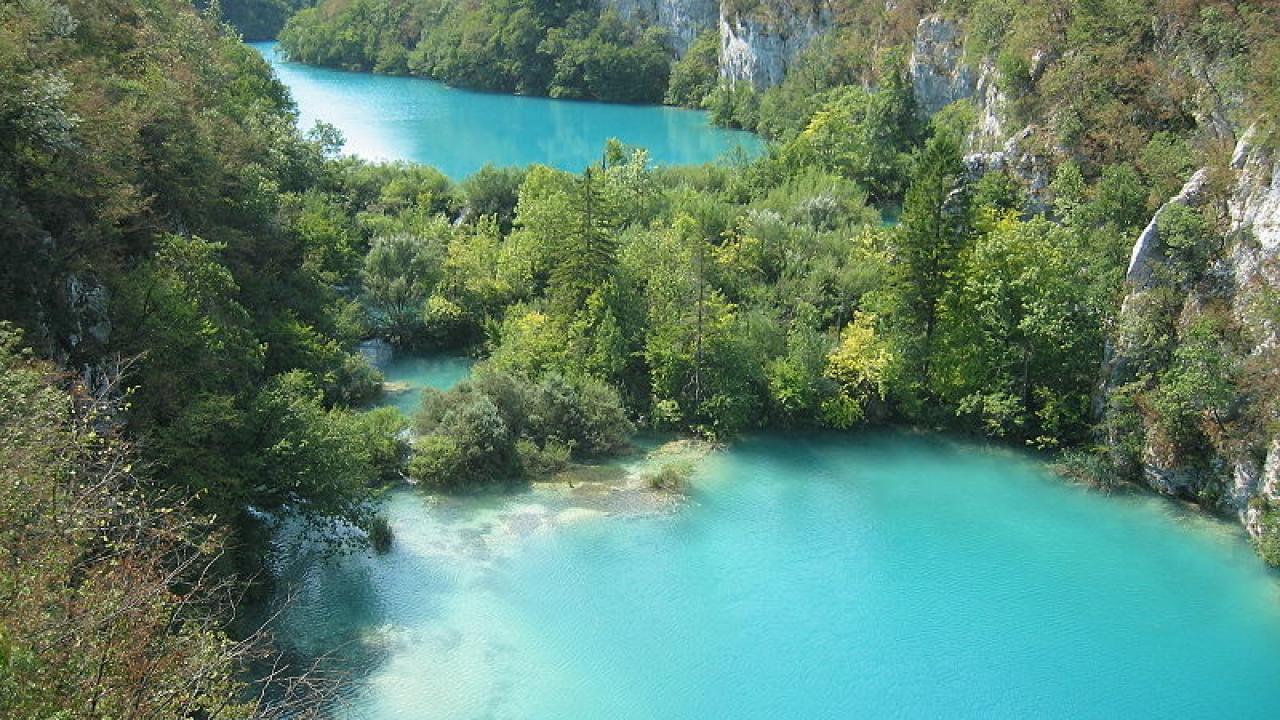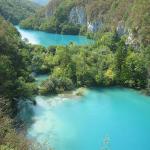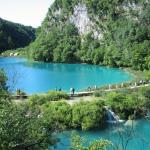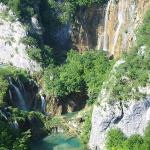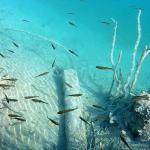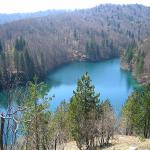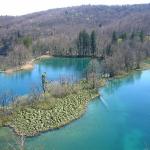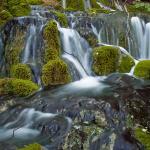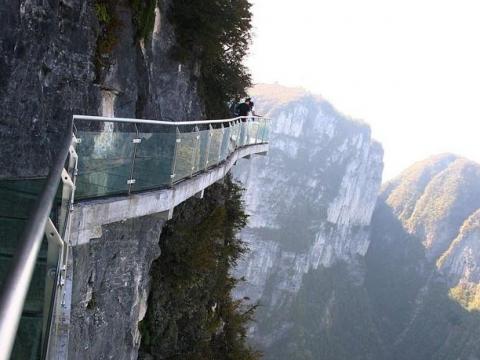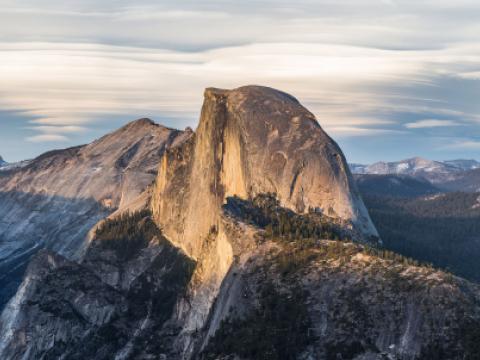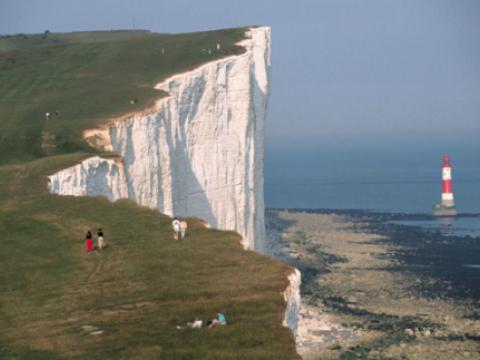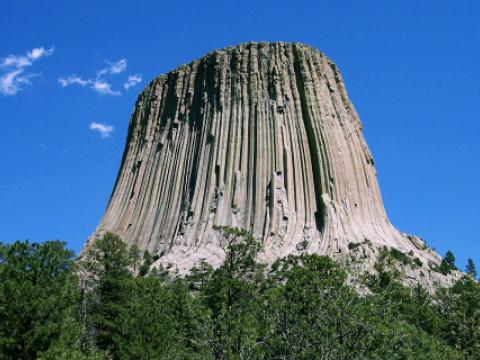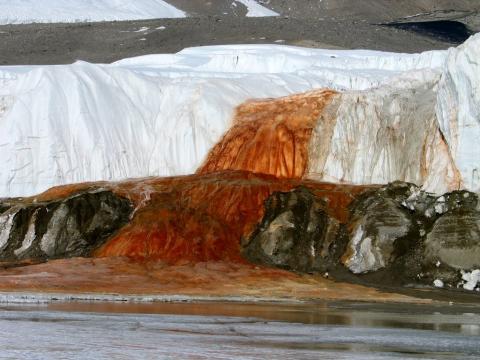Location
Plitvice Lakes National Park is the oldest national park in Southeast Europe and the largest national park in Croatia. The national park is world famous for its 16 stunningly beautiful lakes with colors ranging from azure to green, grey or blue. The lakes are arranged in cascades and the colors change constantly depending on the quantity of minerals or organisms in the water and the angle of sunlight. The lakes are connected by waterfalls, the tallest waterfall, Veliki Slap, being 70 meters (230 feet) tall.
The lakes are separated by natural dams of travertine, which is deposited by the action of moss, algae, and bacteria. The encrusted plants and bacteria accumulate on top of each other, forming travertine barriers which grow at the rate of about 1 cm per year. Through different climatic influences and the large difference in elevation within the protected area, a multifaceted flora and fauna has been created. The park is surrounded by the mountains of the Dinaric Alps.
The national park was founded in 1949 and in 1979, Plitvice Lakes National Park was added to the UNESCO World Heritage register among the first natural sites worldwide. Each year, more than 900,000 visitors are recorded.
Visitors can enjoy walking and hiking the several pathways and trails, explore the lakes by boat. To keep the waters clean, swimming in the lakes has been prohibited. The park itself has 3 hotels and a 2 campsites, Camp Korana about 7km from entrance 1 and Camp Borje, 15km from Entrance 2. Apart from these, visitors can find accommodation at any of the number of villages and cities nearby.
The fastest north-south road connection within Croatia, the highway A1 Zagreb–Split is distanced about 50 km (31.07 mi) west of the national park and thus circumvents the protected area. Plitvice Lakes National Park can be reached from Karlovac exit in the north, from Otočac exit in the west or Gornja Ploča exit in the south. By road from the coastal town of Senj the distance is about 60 km (37.28 mi).
The nearest airports are Zadar, Zagreb and Rijeka. The nearest train stations are Josipdol and Plaški, although no direct bus connection from these train stations to the lakes exists.[10] Using public transport the lakes can easily be reached by direct bus lines from Zagreb, Karlovac, Zadar or Split.
The Park is open daily all year round, with longer opening hours during summer (usually 7am to 8pm). There's an entrance fee which acts as a contribution to the Park's upkeep and protection: for adults it's 80 Kunas (£9.50/€11/$15.50) in November - March; 110 Kunas (£13/€15/$21) during April to October. Children from 7 to 18 get discount, while children under the age of seven have free entrance. 4-hour guided tours in English, German French, Spanish, Italian or Croatian can also be pre-booked for 700 Kunas for a minimum of 15 people.







